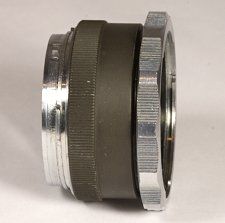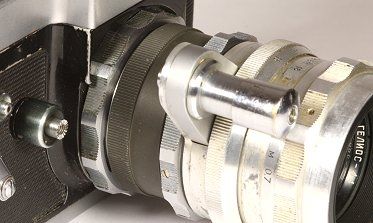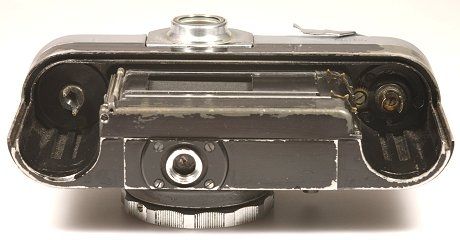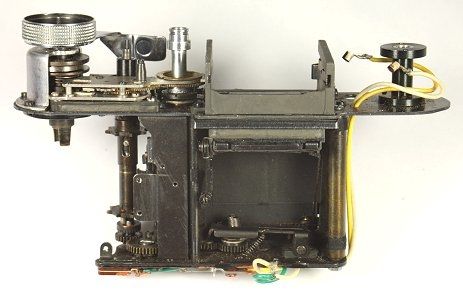

START

Start, Helios 44, bought for me by Irina (365+40 UAH) received May 18th, 2010.
The first camera intended for the professional market of the USSR. 1s to 1/1000s shutter, interchangeable viewfinder, focusing screen with split-image rangefinder (interchangeable, provided to have made other ones!)Produced from 1958 to 1964. Early versions had problems with the cocking mechanism, modified from 1961.Bayonet mount: only the Helios 44 was produced with this mount, for the other focals you had to use the ones for Zenit M39 with an adapter.Commercial failure, replaced by Zenit 4,5,6 from 1964, not better in sales.
 Interestingly, this camera came with accessories: the waist level finder in it's box, and a macro-extension kit composed of two M39 rings, M39 to bayonet adapter, bayonet to M39adapter, extensions for the shutter-release button,a release cable.On the "certificate" provided with the instruction booklet, a list of about sixty stores providing customer service in the USSR.
Interestingly, this camera came with accessories: the waist level finder in it's box, and a macro-extension kit composed of two M39 rings, M39 to bayonet adapter, bayonet to M39adapter, extensions for the shutter-release button,a release cable.On the "certificate" provided with the instruction booklet, a list of about sixty stores providing customer service in the USSR.
 One M39 extension-ring, with an adapter at each end.
One M39 extension-ring, with an adapter at each end.
 The two adapters coupled make the shorter extension ring. A small brace screwed to the end of the release button, keeps the linkage.
The two adapters coupled make the shorter extension ring. A small brace screwed to the end of the release button, keeps the linkage.
 With a longer ring, directly use the shutter release button of the body (manually closing the diaph', see the page of Helios 44).
With a longer ring, directly use the shutter release button of the body (manually closing the diaph', see the page of Helios 44).
 Although produced by KMZ, the Start uses Kiev-Contax film cassettes (like the Leningrad) instead of using Zenit-Zorki ones.A "knife", you can guess at left, at the place the film comes out of the cassette, allows to cut the film in use. Since cassettes get closed while opening the camera, just make two advances before opening and no part gets fogged.
Although produced by KMZ, the Start uses Kiev-Contax film cassettes (like the Leningrad) instead of using Zenit-Zorki ones.A "knife", you can guess at left, at the place the film comes out of the cassette, allows to cut the film in use. Since cassettes get closed while opening the camera, just make two advances before opening and no part gets fogged.
 Technical achievement: set the slow speeds timer of the Zorki 4 inside a reflex camera; for this they had to turn it in the opposite direction, to the left here while for a Fed, Zorki or Leningrad it is behind the rangefinder. It was therefore necessary to reduce the size of the cocking mechanism (hence the technical problems), and put the flash sync system downwards, which explains the electric wires. In my opinion, the flash could often not start at the right time, and some photographers have certainly received shocks!
Technical achievement: set the slow speeds timer of the Zorki 4 inside a reflex camera; for this they had to turn it in the opposite direction, to the left here while for a Fed, Zorki or Leningrad it is behind the rangefinder. It was therefore necessary to reduce the size of the cocking mechanism (hence the technical problems), and put the flash sync system downwards, which explains the electric wires. In my opinion, the flash could often not start at the right time, and some photographers have certainly received shocks!